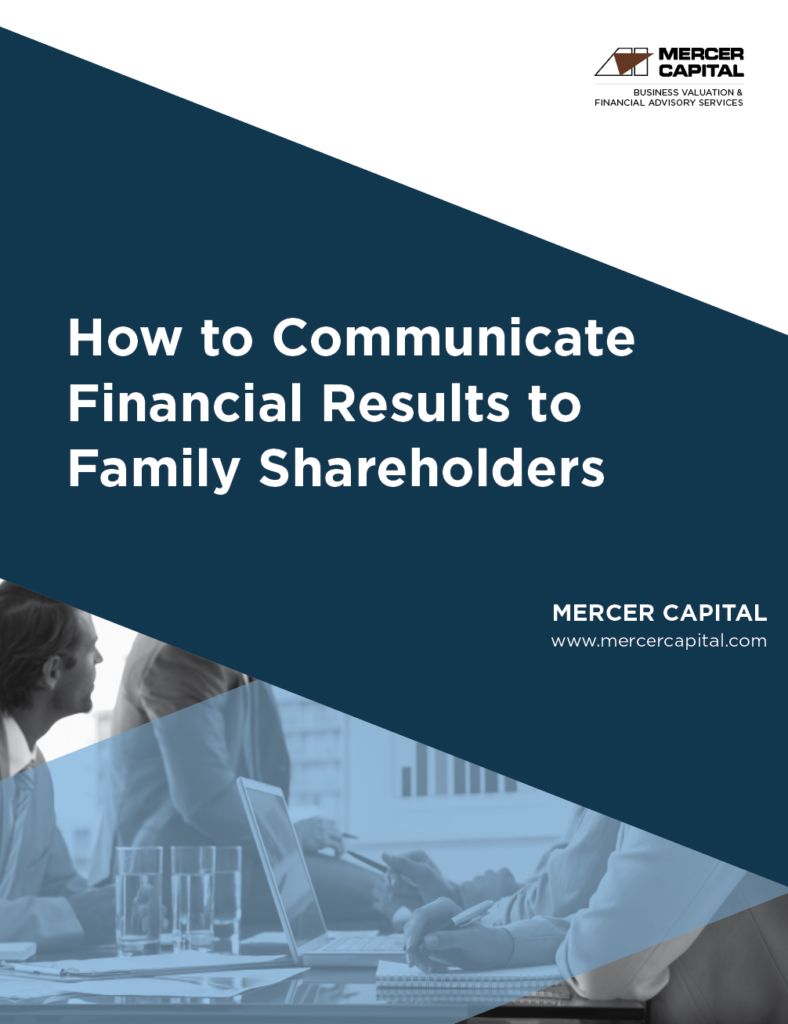Suppose that your exposure to the French language consists of two years of high school classes twenty-five years ago. Imagine how frustrating it would be if suddenly the only news outlet available to you was Le Monde. With no small effort on your part, there’s a good chance you would be able to discern the broad outlines of the day’s events, but the odds of misunderstanding a key part of the story would be high, and any subtleties or nuance in the writing would be totally lost on you.
That is likely how many of your family shareholders feel when it comes to comprehending the financial results of your family business. Perhaps they took an accounting course at some point in their lives. Or simply by virtue of having grown up around the family business, they have developed a vague sense of the differences between revenue and equity, or assets and expenses. As a result, when they read a financial report, they are generally able to discern the broad outlines of performance for the year or quarter, but the odds of misunderstanding a key part of the story are high, and any subtleties or nuance beyond the most rudimentary data are likely to pass them by.
Everyone agrees that communication promotes positive shareholder engagement, but what does it look like to communicate financial results effectively? In this whitepaper, we offer practical suggestions for presenting key financial data in ways that family shareholders find useful.




